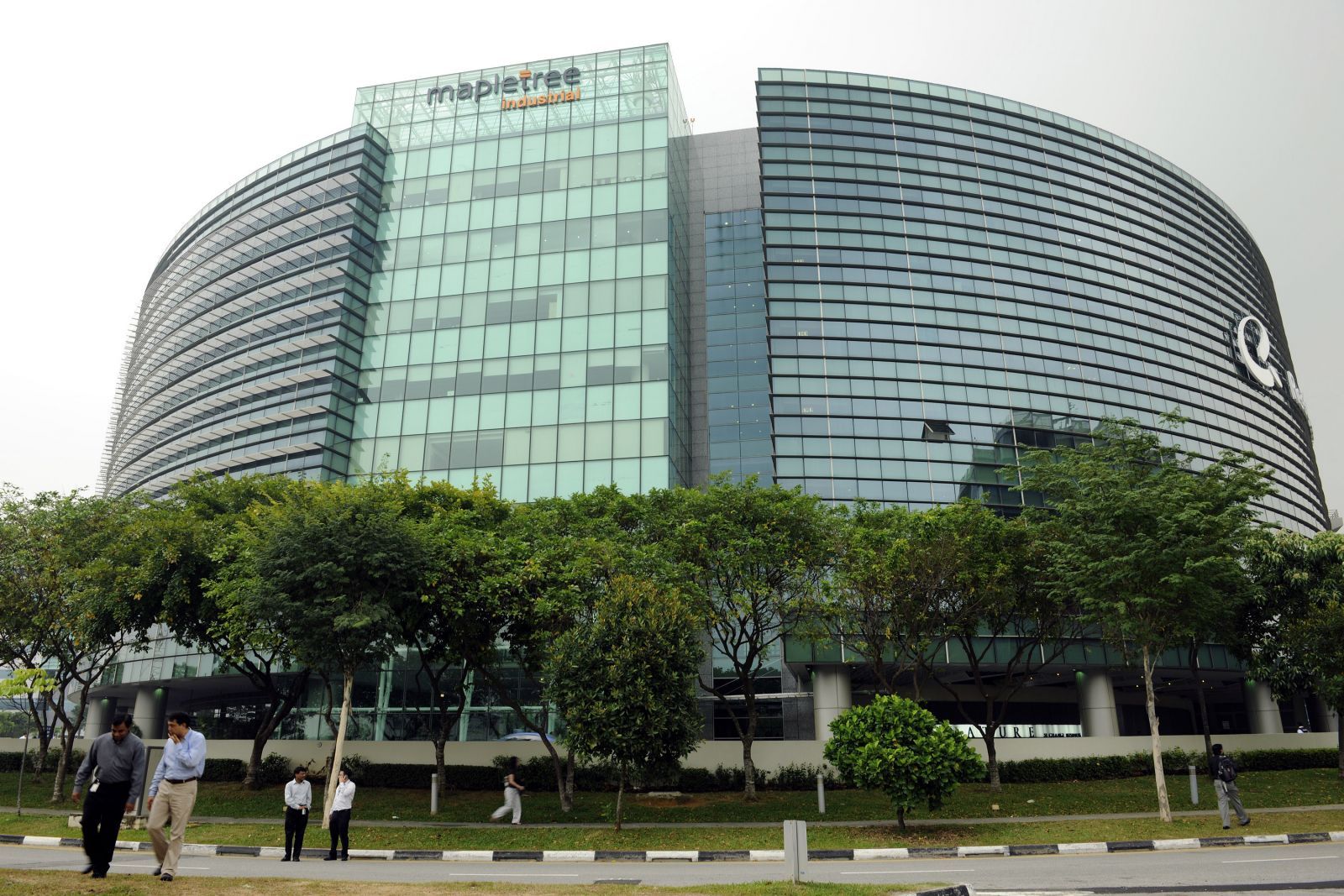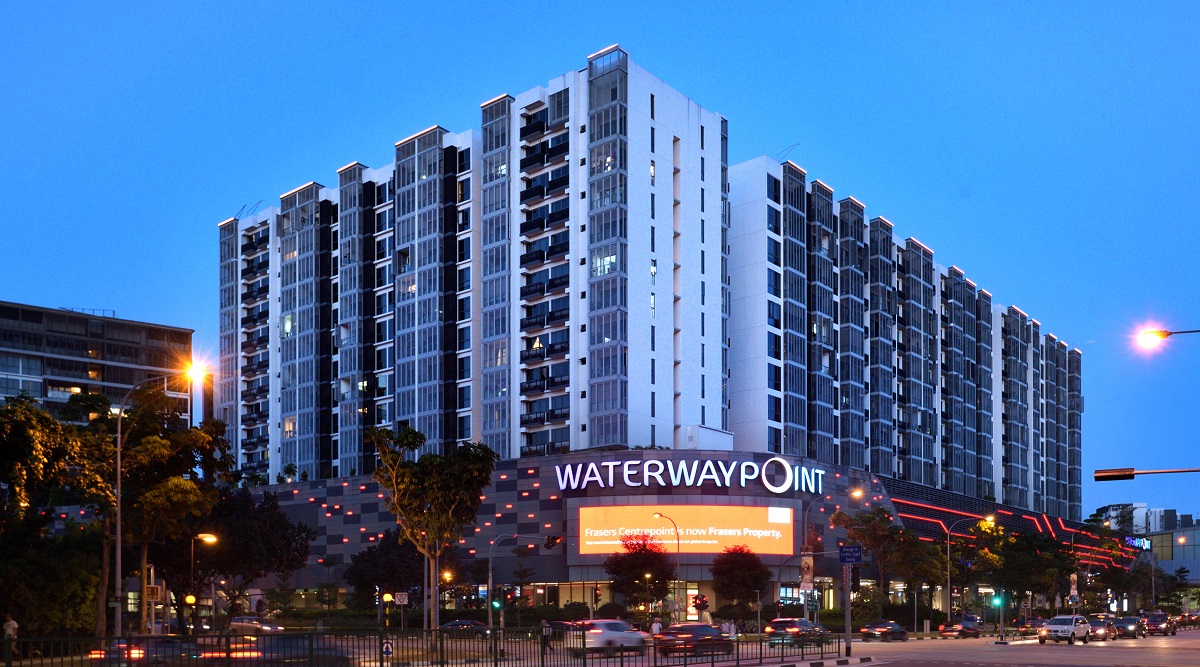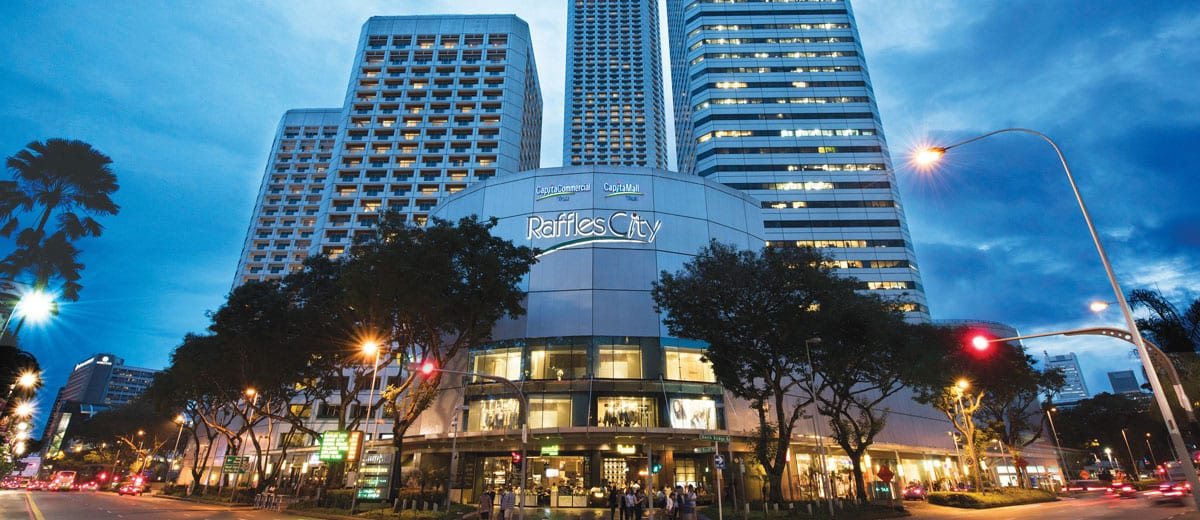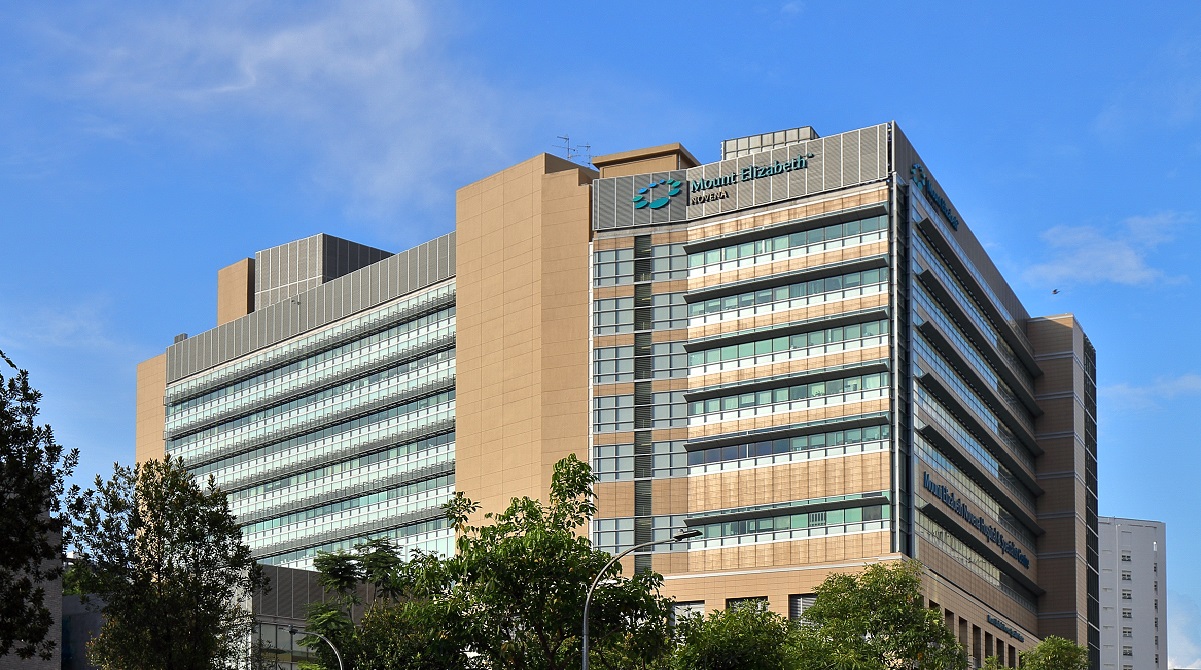Mapletree Industrial Trust (“MIT”) is a real estate investment trust (“REIT”) listed on the Main Board of Singapore Exchange. Its principal investment strategy is to invest in a diversified portfolio of income-producing real estate used primarily for industrial purposes in Singapore and income-producing real estate used primarily as data centres worldwide beyond Singapore, as well as real estate-related assets.
As at 30 September 2020, MIT’s total assets under management was S$6.6 billion, which comprised 84 properties in Singapore and 27 properties in North America.
MIT’s property portfolio includes:
- Data Centres
- Hi-Tech Buildings
- Business Park Buildings
- Flatted Factories
- Stack-up/Ramp-up Buildings
- Light Industrial Buildings
MIT is managed by Mapletree Industrial Trust Management Ltd. and sponsored by Mapletree Investments Pte Ltd.
Rights issue
In June 2020, MIT issued about 146.4 million new units at an issue price of SGD2.80 per share, netting gross proceeds of about S$410 million. The majority of these proceeds will be used to fund the proposed acquisition of a 60 per cent stake in 14 data centres in the US.
Website: Mapletree Industrial Trust raises S$410m from upsized placement at top end of price range
Given the recent rights issue, it is unlikely for there to be potential dilution in the near future. Nonetheless, there should be an expectation of rights issue as given the economic recession, MIT may be able to capitalize on opportunities to acquire yield accretive properties.
Dividend yield
MIT’s dividend yield has been fairly inconsistent over the years. However the general trend is that they have been able to grow as detailed below.
At 13 November 2020, with a closing share price of SGD3.01 and dividend payout of SGD0.122, this translates to a dividend yield of 4.1%.
The dividend yield is Low. The low dividend yield is more likened to a growth stock, which indicates higher risk. For MIT, due to the exposure to the technology sector, it provides justification why the REIT is trading at a significant premium. However, depending on a person’s risk appetite, this yield is not attractive.
Key Metrics
Improving Distribution Per Unit (“DPU”)
MIT have been able to grow their distributable income over the last few years. Details as below.
The fall in DPU the previous 2 quarters is due to tax-exempt income withheld in view of the uncertainty from the COVID-19 pandemic. This is for greater flexibility in cash management.
Such a policy is good as it allows the REIT to potentially avoid having to payout the dividend first and is forced to potentially issue rights to maintain its covenants. Consider it a delayed gratification.
Nonetheless it also highlights that MIT may be potentially impacted during the Covid-19. As governments around the world reduce their financial supports, we will have to reassess the impact in due course.
Occupancy
Occupancy rate as at 30 September 2020 stands at 92.3%. This is below my expected healthy occupancy rate of 95% and MIT have not been able to fully utilize their assets. However, occupancy rate have improved from the previous quarter, which is a good indicator.
Gearing ratio
Gearing ratio stands at 38.1% as at 30 September 2020. This to me is considered quite high although still healthy. While it is still a distance away from the recent MAS raised limit of 50%, it suggests a possible rights issue should they decide to take an aggressive stance to expand in the near future.
Interest coverage
The interest coverage for the trailing 12 months stands at 7.3 times. This is favorable in my opinion and as the general interest rates are hinted to continue to stay low for an extended period of time, I am expecting this indicator to stay favorable in the long run.
Debt maturity profile
Weighted average term to maturity of their debt stands at 3.2 years as at 30 September 2020. This allows them sufficient time to refinance their debts as they fall due.
Price to Book Ratio
The Price to Book (“P/B”) ratio currently stands at 1.781. This is computed using the closing share price of SGD3.01 on 13 November 2020 and the net asset value per share of SGD1.69 as at 30 September 2020.
This represents that it is currently priced more than double its actual worth, which for a REIT is a significant premium.
Key things to note
Economic recession
While an industrial REIT is more recession proof than REITs from the other industries, they are not immune to a downturn.
It is worth nothing that MIT has a well diversified portfolio with over 2,000 tenants. The largest tenant and top 10 tenants contributes only 7.5% and 32.6% respectively of the Portfolio’s Gross Rental Income.
However, it is possible for more of the smaller players to no longer be able to rent from MIT. This is especially so as government stimulus are starting to dry up as we approach 2021. This should be something to take note of moving forward.
Competition
MIT had one of the early movers advantage for data centres and industrial properties. However, there have been an increasing trend as REIT managers around the world look to expand their mandates to include more data centres and industrial properties into their portfolio.
Although the impact is unlikely to be felt in the short-term, in the future this will translate to an increase in competition for these properties and their respective customers. Demand is already not excessive, as evidenced by MIT only achieving a 92.3% occupancy rate.
One example would be CapitaLand Retail China Trust (“CRCT”) expanding their mandate to include assets in office and industrial space in September 2020. Given time, more REITs will be entering the market and become direct competitors with MIT.
With MIT trading at a significant P/B ratio for a REIT, any adverse information may result in a steeper decline in share price.
Summary
Given the current uncertainty in the market, I am still expecting some headwinds resulting in potential decline in share prices. The dividend yield, while now at a stable rate, is not attractive for a share counter with high risk.
Nonetheless, this is a good stock that 2 to 3 years later. With Covid-19, there is an increasing need for industrial properties. As the world move towards increasing digital adoption, demand for data centres will increase as well. These are industries that MIT is currently in and seeking to continuously improve.
Thus I believe that the current share price of SGD3.01 to be Fully Valued. The expected minimum share price support expected will be at a Price-to-book ratio of 1.5 times. Given the net book value per share of SGD1.69, translates to a better entry price of SGD2.54 per share.









